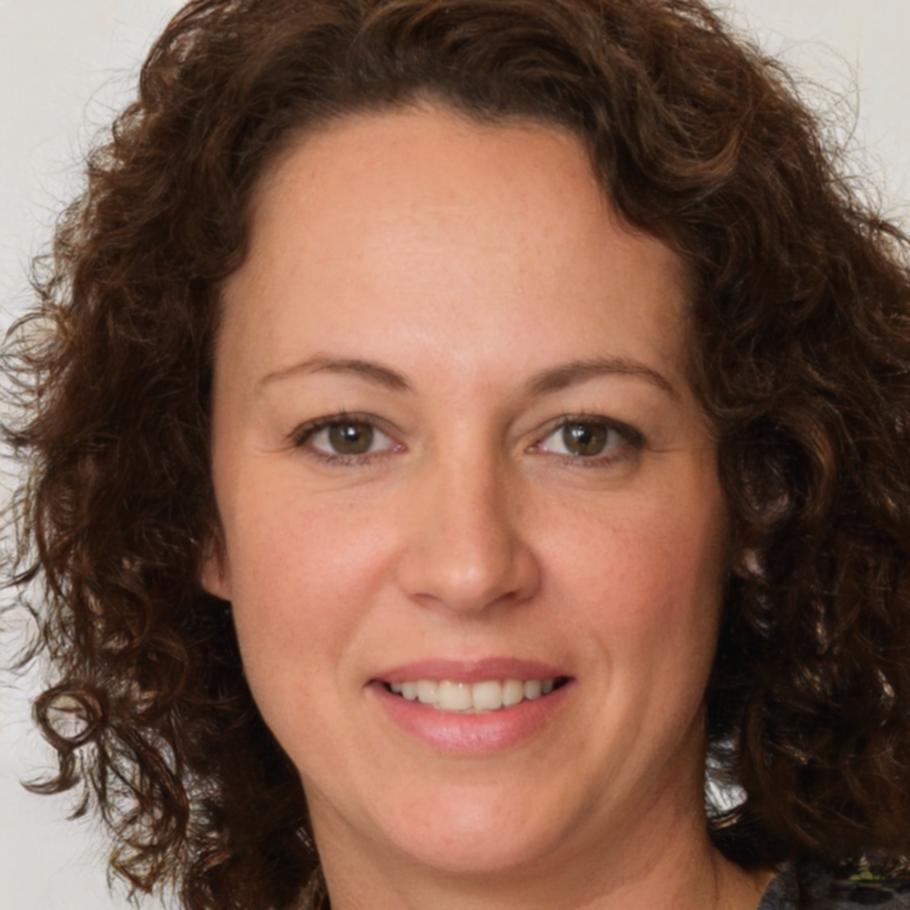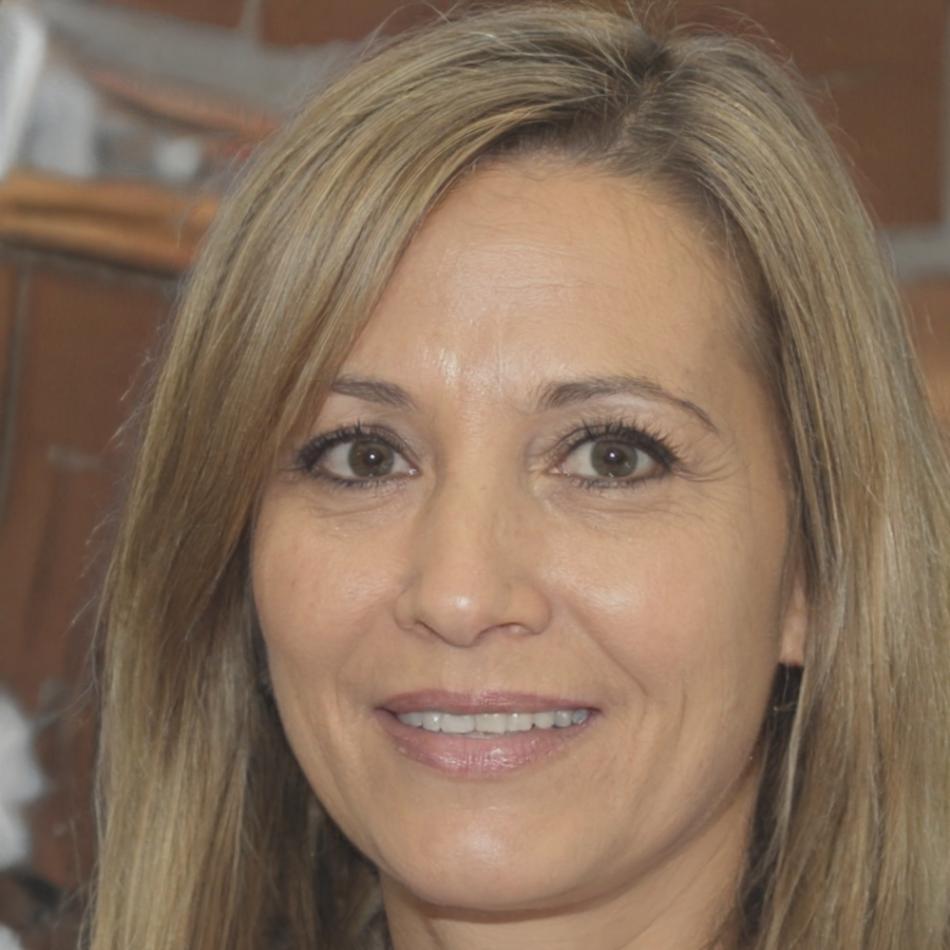Real Project Experience
Students work on actual profitability assessments throughout the program. These aren't theoretical exercises — they're real businesses with real challenges. Here's how we approach project-based learning and what students gain from hands-on experience.



